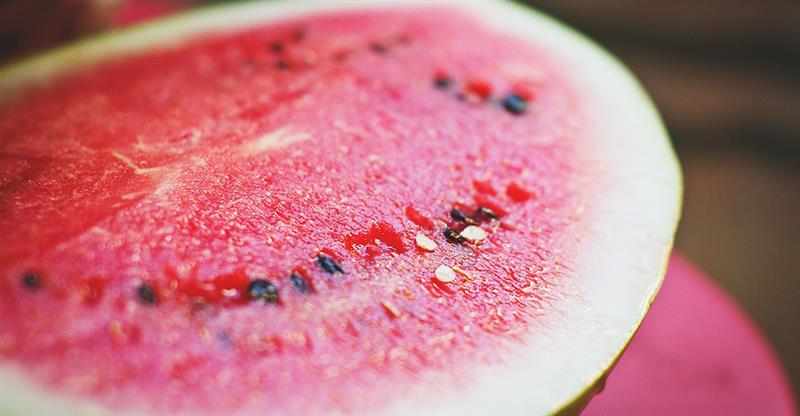THE PROJECT RESULTS IN A SLIGHT DECREASE IN IMPORTS.
 The Ministry of Agriculture along with the Taiwan Technical Mission embarked on a project that seeks to reduce Saint Lucia’s food import bill by enhancing the efficiency of production and distribution supply chains in the fruits and vegetables sector.
The Ministry of Agriculture along with the Taiwan Technical Mission embarked on a project that seeks to reduce Saint Lucia’s food import bill by enhancing the efficiency of production and distribution supply chains in the fruits and vegetables sector.
The cooperative project is aimed at decreasing the country’s import bills over a three-year period through the increased production of seven crops which include cantaloupes, honeydew melons, lettuce, tomatoes, pineapples, watermelons, cabbages and bell peppers.
While Saint Lucia’s food import bill increased in 2019, five of the seven crops saw a decrease in imports. Chief Extension Officer in the Ministry of Agriculture, Kemuel Jn Baptiste, elaborated on the technical support given to the farmers currently participating in the project.
“We have been engaging the farmers in terms of scheduling and growth cycles of the crops. Some farmers have been historically planting and harvesting at a particular time of the year but the crops that we’re talking about are not seasonal. So we were able to observe the conditions and help schedule production in those greenhouses at the appropriate times.”
Chief Agri-Enterprise Development Officer in the Ministry of Agriculture, Thaddeus Constantine, said that a pack house is being established at the marketing board to ensure safety within the food chain, and to ensure that quality standards meet international criteria.
Project Coordinator of the Seven Crops Project, Adline Eudovic, explained that an app is currently in the pipeline to assist with the marketing of these foods. The app will allow farmers to advertise their crops ahead of their harvest date, and allow ministry officials to monitor the output.
“It will revolutionize how we do business in agriculture,” she said. The iFarm application is expected to launch in August.
The project is titled the “Enhancement of the Efficiency of Production and Distribution Supply Chains in the Fruits and Vegetables Sector.”